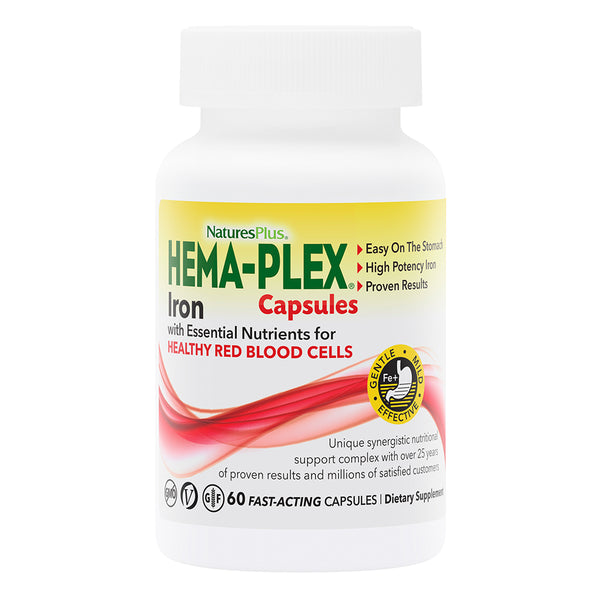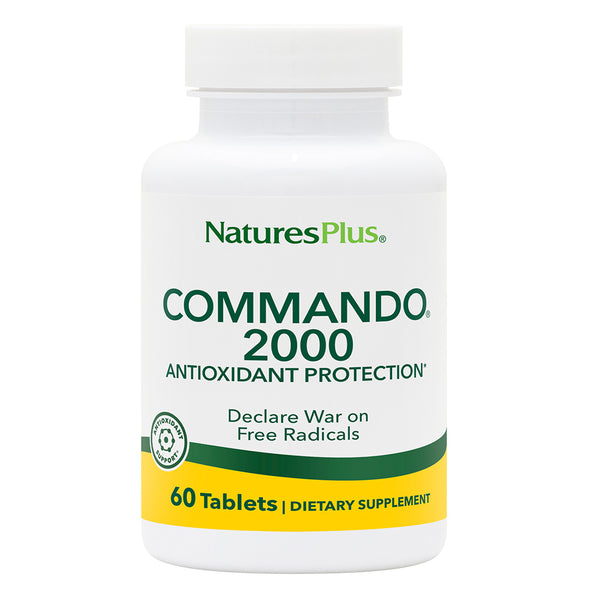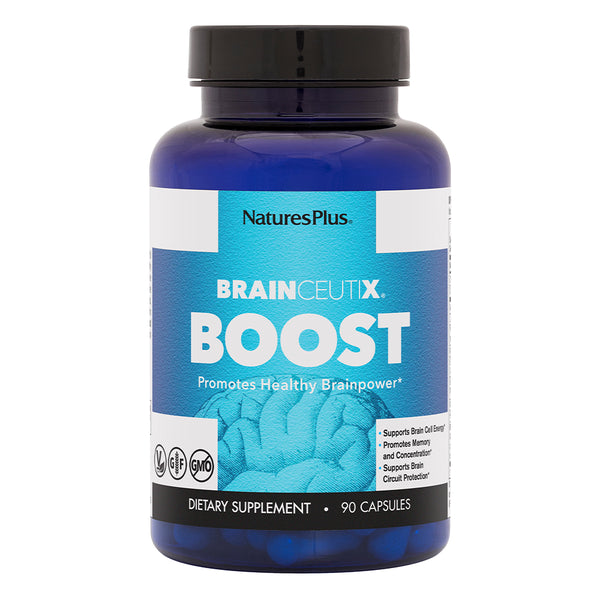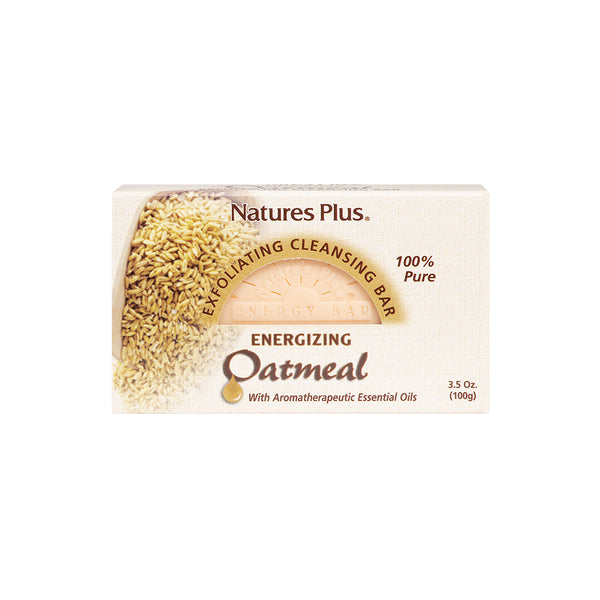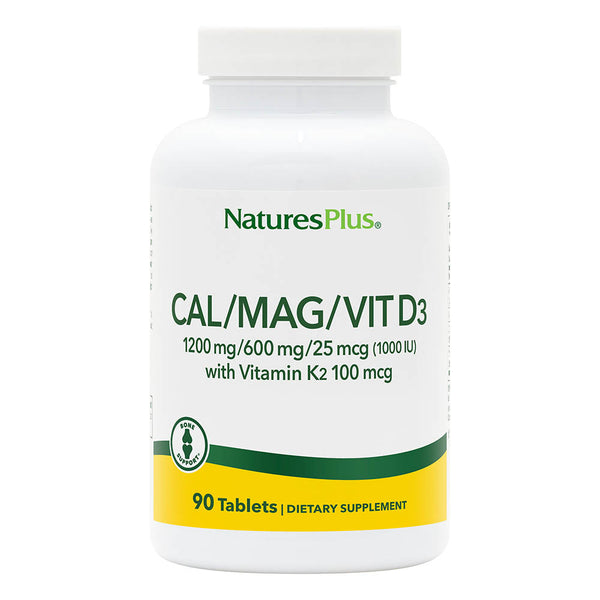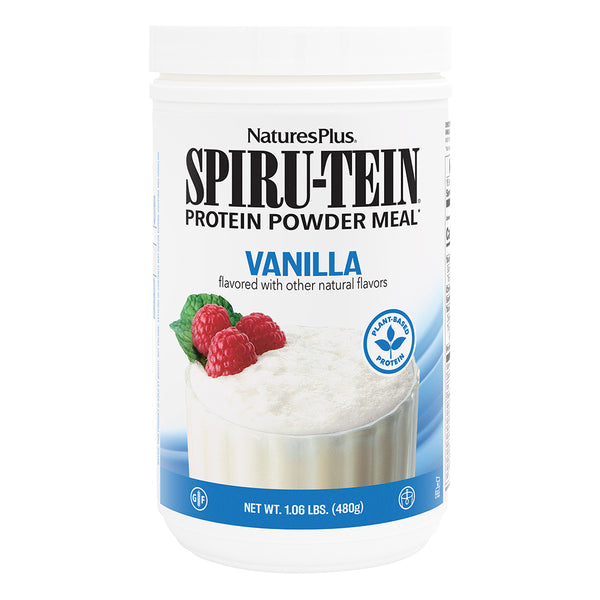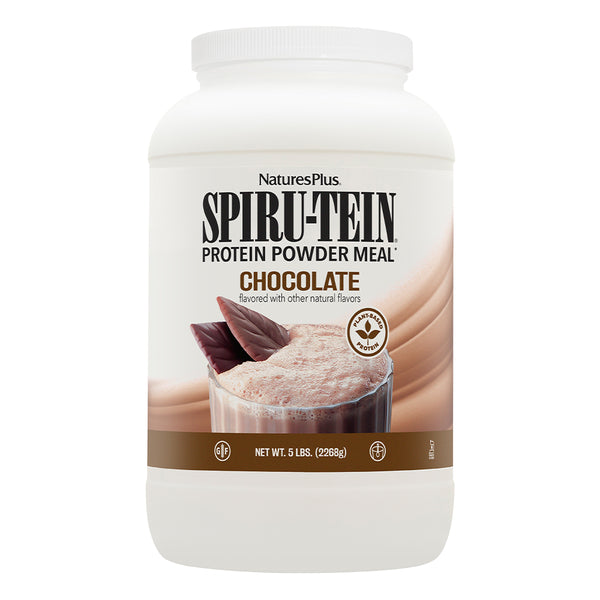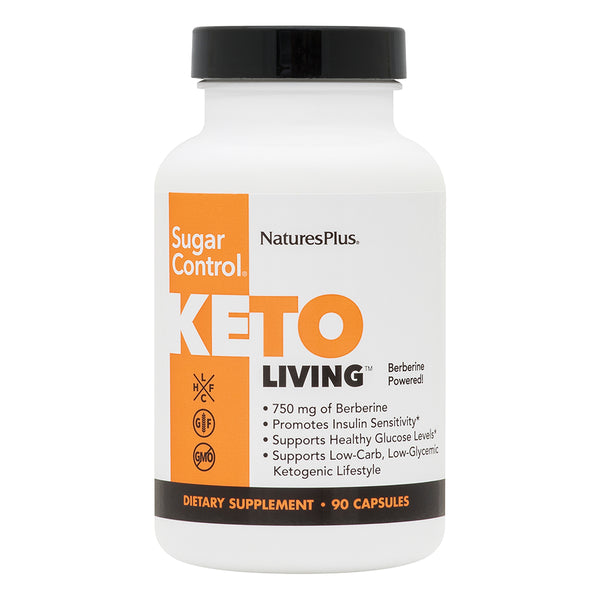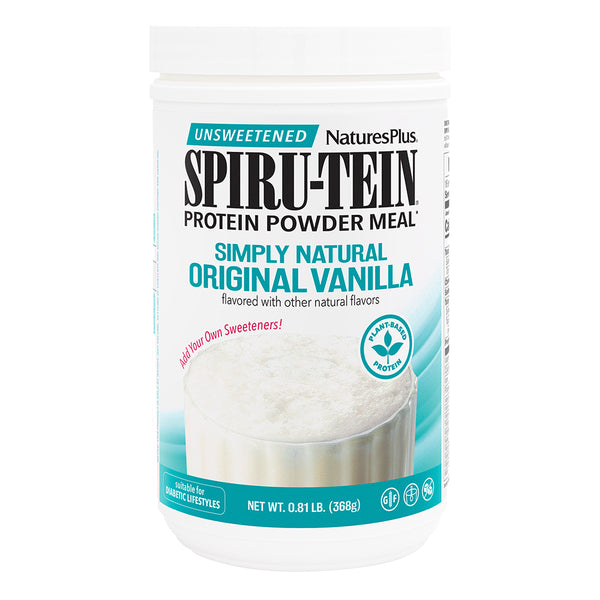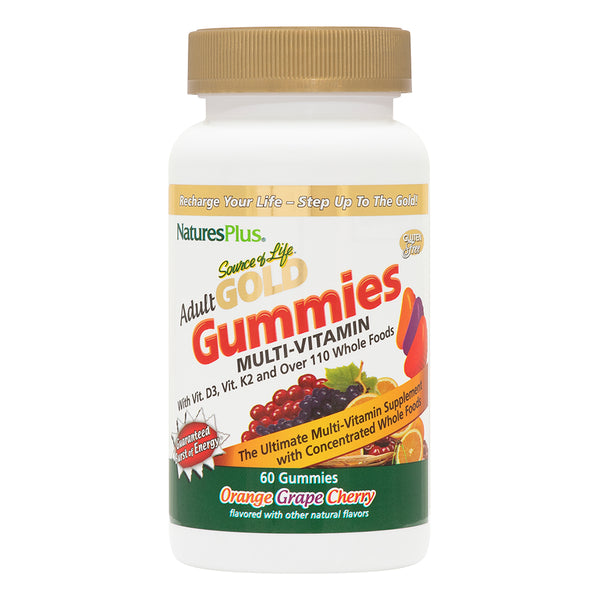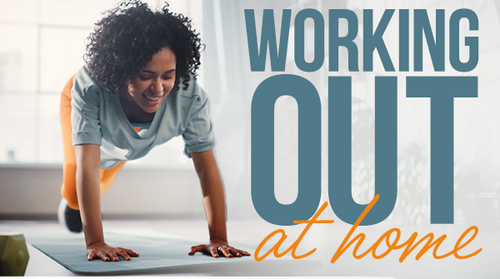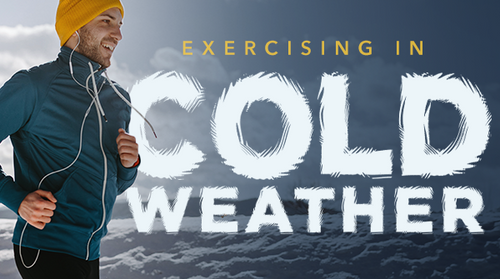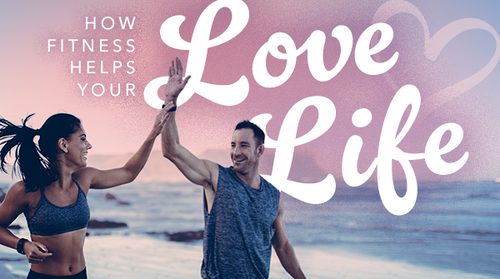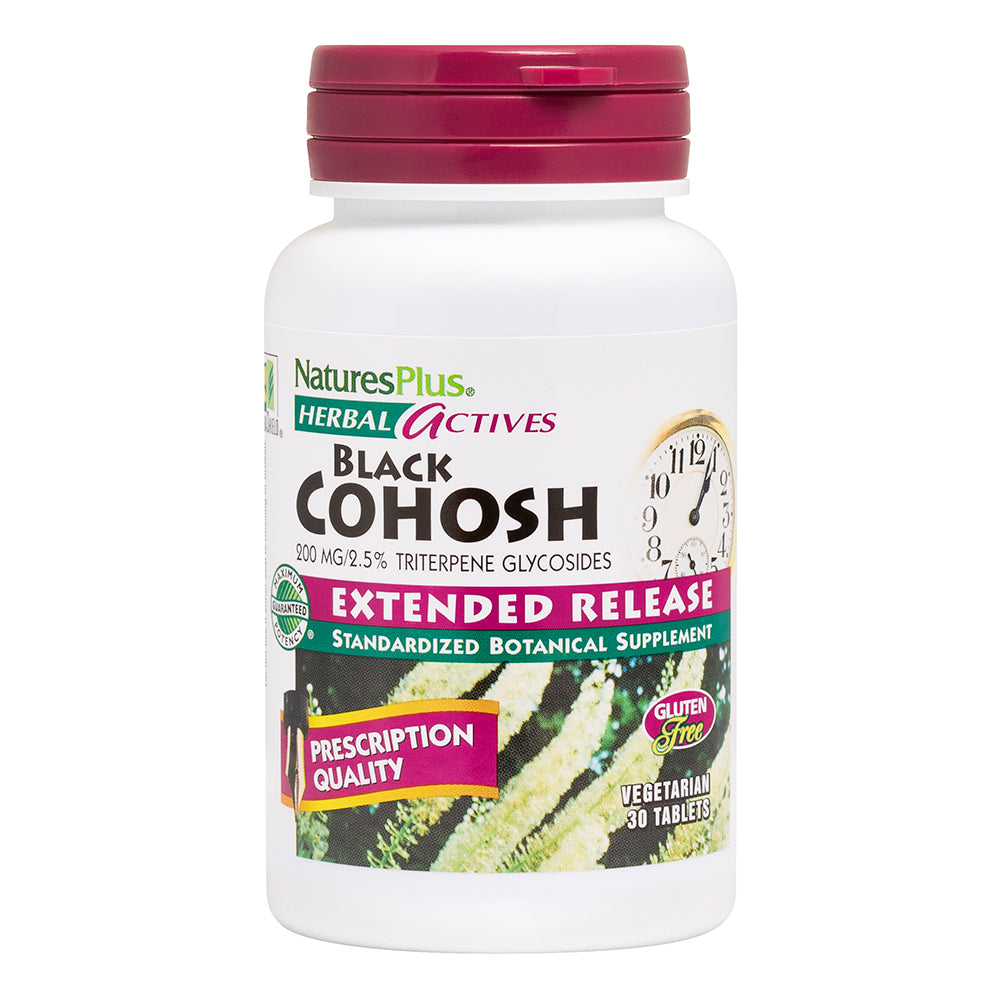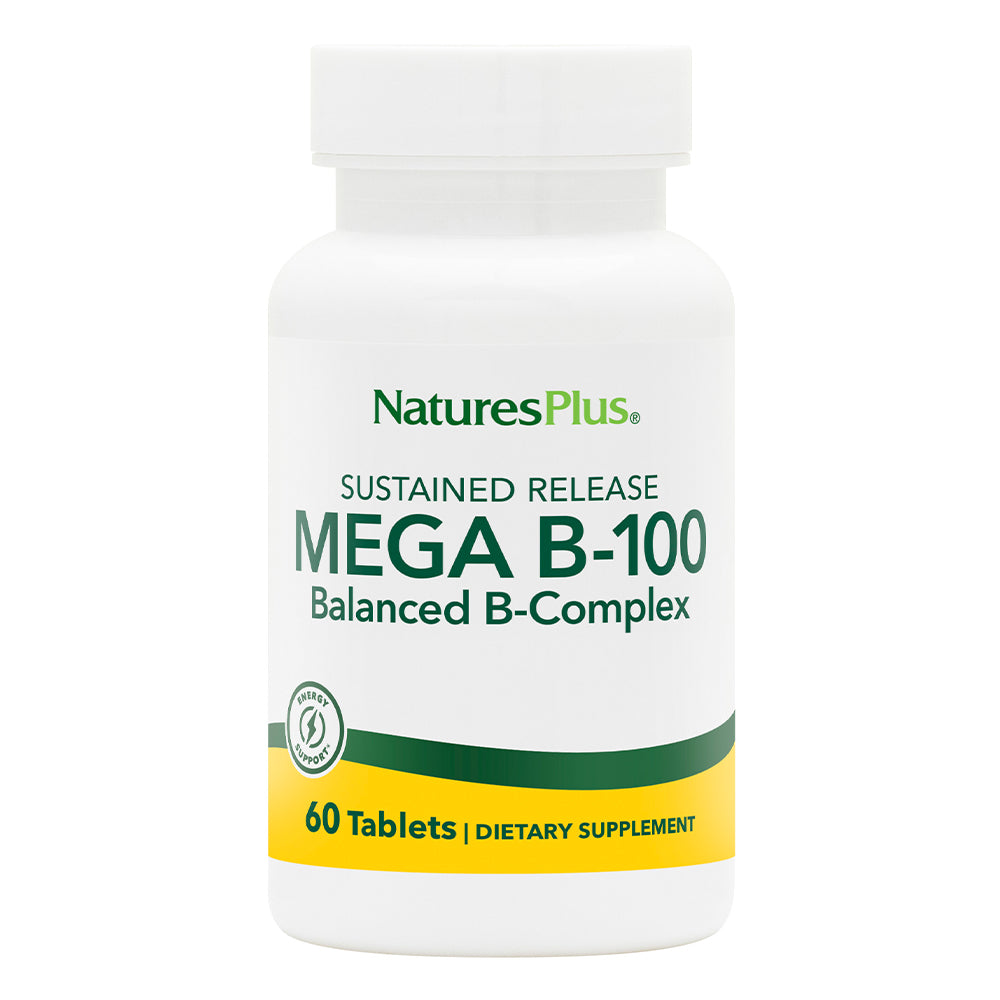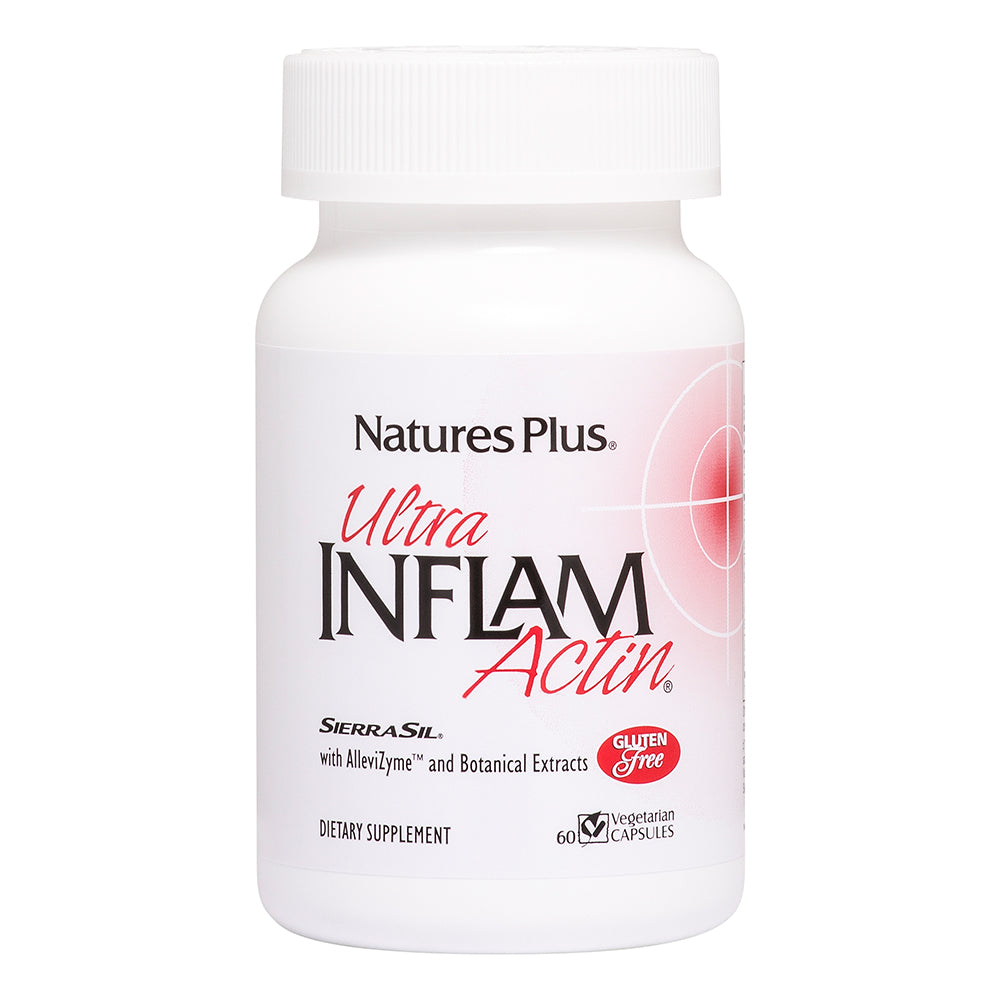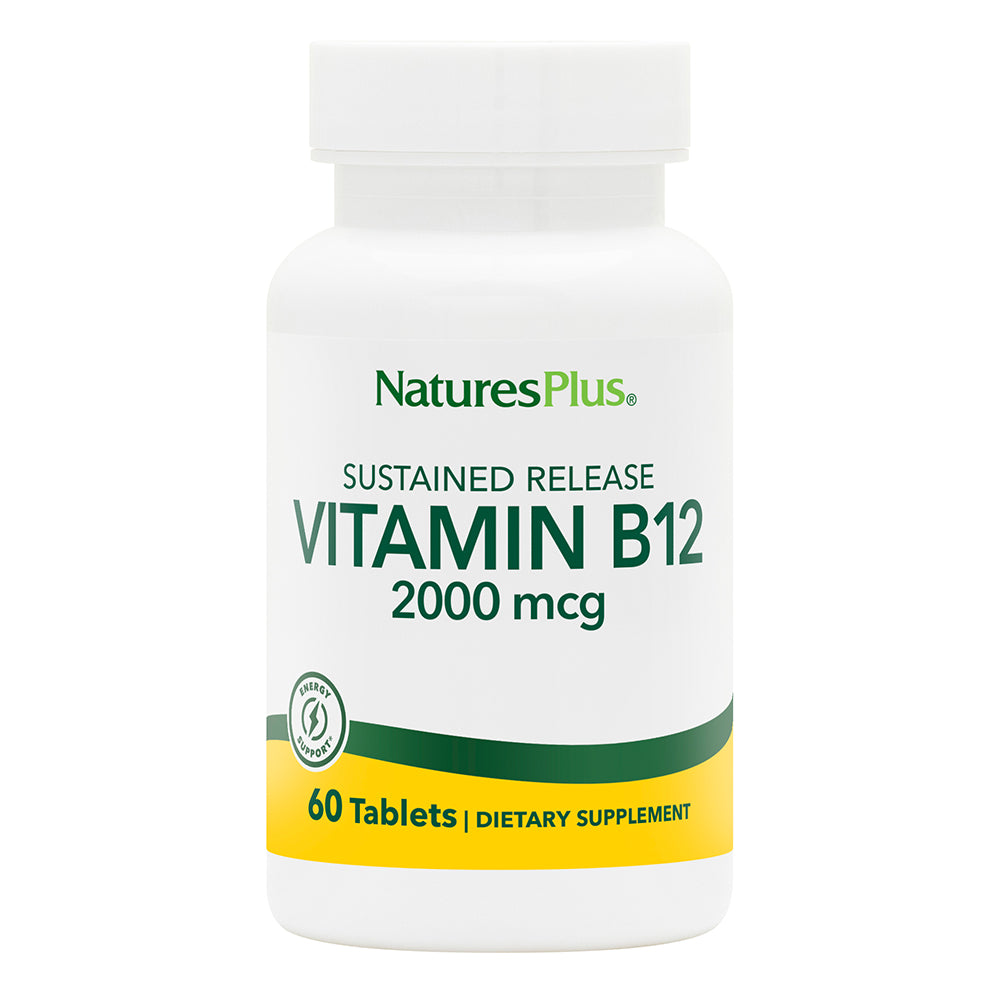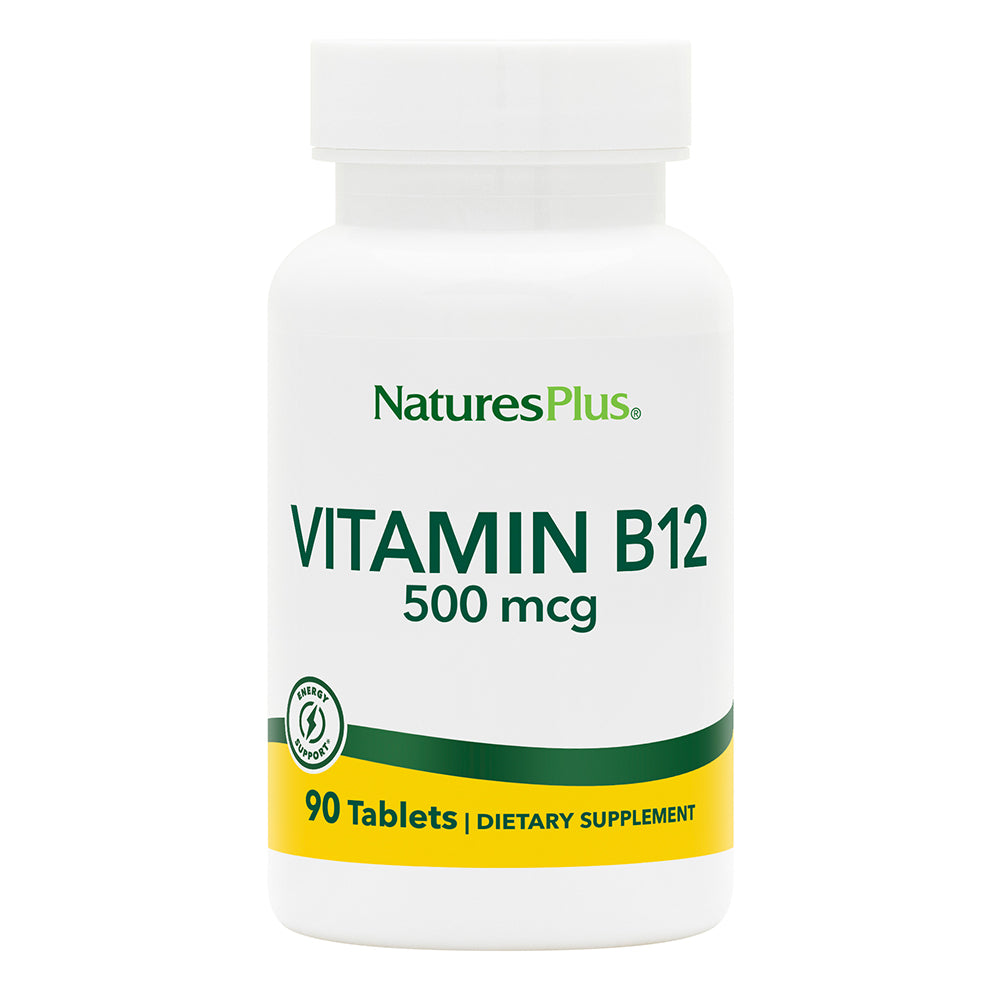You’ve heard it said that age is just a number. However, age is really two numbers: how old the calendar says you are...and how old you feel.
Want to feel younger than your years? Then you really need to exercise.
“I learned the hard way that staying fit required more focus and creativity as I got older,” says Marika Lindholm, PhD, founder of ESME (Empowering Solo Moms Everywhere). “The good news is that reaping the benefits of fitness over 50 is well worth the effort.”
What’s more, it doesn’t matter whether or not you currently exercise, or if you last did so in your 20s or 30s. It is never too late to get fit.
You should speak with your healthcare practitioner before starting a fitness regimen, especially if it’s been a while since you last exercised on a regular basis.
What’s more, don’t expect to bounce back quite as quickly as you did years ago. “Recovery time is longer the older we get,” notes Lindholm.
Here are five ways to get started.
Look for Fitness Programs Tailored to Your Needs
Are you the one-stop-shopping kind?
Then you may want to look into classes that combine aerobic exercise, the type that gets your heart going and improves your general fitness level, with resistance training, the type that builds stronger muscles. (And yes, you do want stronger muscles—try unloading a car full of groceries without them.)
Among the best-known of these offerings are the SilverSneakers® exercise programs available online or at thousands of gyms, YMCAs, etc. across the country. SilverSneakers includes a Classic program that is, as the website puts it, “designed to increase muscle strength and range of movement, and improve activities for daily living.”
Looking to incorporate balance work into your routine?
Then you may be interested in EnhanceFitness, which the website describes as “a low-cost, evidence-based group exercise and falls prevention program.” Community centers and similar facilities offer EnhanceFitness classes; consult the class locator.
Want an app that will help you keep your fitness plan on track?
You can try Daily Burn, which provides more than 1000 streaming programs, or 7 Minute Workout, which specializes in fitness routines you can easily incorporate into a busy day.
Work to Improve Your Balance
You may have found that your sense of balance isn’t what it was when you were younger, which is why your routine should include exercises that address this issue.
One of the easiest: Stand on one leg for up to 30 seconds before switching legs. If you want a sense of security, position yourself next to a wall or a sturdy chair.
You can also do balance work using a stability ball (which looks like a giant beach ball). Side leg lifts, chest flies (raising a pair of dumbbells straight above your chest) and overhead pulls (raising dumbbells above the chest and then overhead) can all provide a balance element when done on a stability ball.
Starting a yoga practice is a standard recommendation for people who want to improve their sense of balance. Useful poses include Chair, Downward Facing Dog, Eagle, Tree and Warrior III.
Ease Into Chair Yoga
Speaking of yoga: In addition to aiding balance, it also helps improve flexibility and may even increase strength.
The benefits you realize from your mat depend on what style of yoga you practice; some are gentle and therapeutic, while others are vigorous and fast-paced. If you have an iPhone and plan to build a home-based practice, the app Yoga Studio: Poses & Classes provides a video library of more than 280 poses.
One way to experience yoga’s benefits with a reduced risk of injury is through chair yoga, in which you practice your poses either seated or using a chair for balance while standing. Search for local classes or find them online.
Embrace High-Intensity Exercise (Hint: HIIT the Pool)
One of the hottest trends in fitness is the rise of high-intensity interval training, or HIIT. As the name suggests, it means alternating between activities of moderate intensity—jogging or brisk walking, for example—and those that involve high intensity, like running.
“High intensity means that you have difficulty talking while performing an exercise,” explains Lindholm.
One problem with HIIT is that it can take a toll on your joints. Want to train intensively but safely? Don a swimsuit.
Swimming in general is a great exercise for women over 50. For one thing, the water acts as a cushion to keep pressure off of your joints. What’s more, swimming involves nearly all of the body’s muscles...including those of the all-important core.
And while you may think of swimming as simply doing laps at a steady pace, swim workouts can incorporate HIIT.
For example, you can warm up for five minutes or so by swimming at a gradually faster pace, then alternate between sprinting for a lap and swimming slowly for a lap five or six times, and after that alternating between two-lap sprints and recovery periods four or five times before finishing with a five-minute cooldown.
Build Strength with Resistance Training
Say “resistance training” and some people automatically think “weight lifting.”
Pumping iron isn’t the only form of resistance training, however. The resistance can come from other sources, such as specially designed bands (which also tend to be inexpensive and easy to store) or even your body’s own weight—anything that gives your muscles something to work against.
Here’s a quick bodyweight workout.
Squats
Start by doing two sets of five reps for each, building sets and/or reps as you gain strength.
1. Stand with your heels planted shoulder-width apart. If you want to feel more secure, stand in front of a chair.
2. Engage your core while keeping your chest up and neck in a neutral position. Then, bend your knees while pushing your hips back, creating a sitting motion. (If you’re squatting with a chair behind you, don’t make contact with the seat.) 3. Raise your arms in front of you so that they are parallel to the floor as you complete the motion.
4. Pause and briefly rest in the position as your thighs become parallel to the floor. Return to the starting position by pushing up through your heels.
Forearm Planks
Hold for 30 seconds, if you can. Drop your knees to the floor if your lower back starts to hurt.
1. Lie down on your stomach with your forearms flat on the floor. Position your elbows directly under your shoulders.
2. Engage your core muscles. Then raise yourself off the floor, keeping your forearms flat, until your body is in a straight line from head to feet.
Bird Dogs
Repeat up to 10 times on each side.
1. Kneel down on an exercise mat or carpeted floor and get into an all-fours position with your back level.2. Draw in your abdominal muscles and reach one arm straight out in front of you. Don’t look up; keep your eyes on the mat.
3. Once you feel steady, extend and raise the opposite leg back until your body is in a straight line, toes pointing towards the mat.
4. Slowly return to all fours.
Like this article? You’ll love our weekly newsletter
sign up here!
**These statements have not been evaluated by the Food and Drug Administration. This product is not intended to diagnose, treat, cure or prevent any disease.



